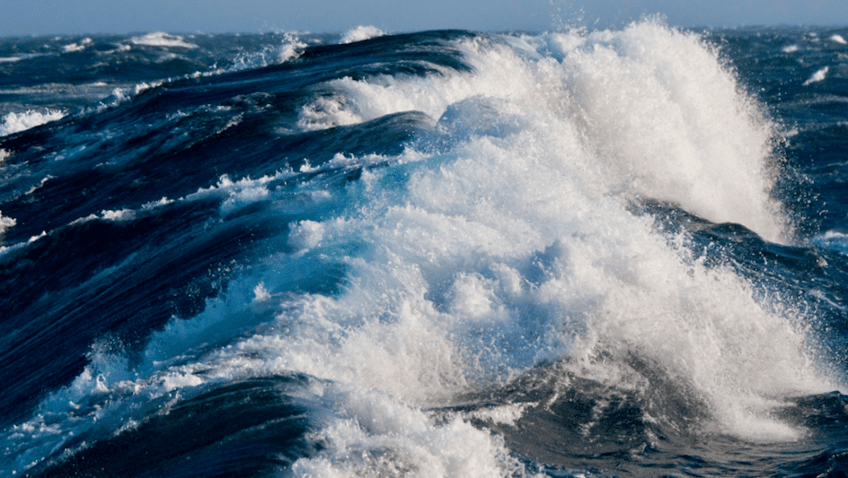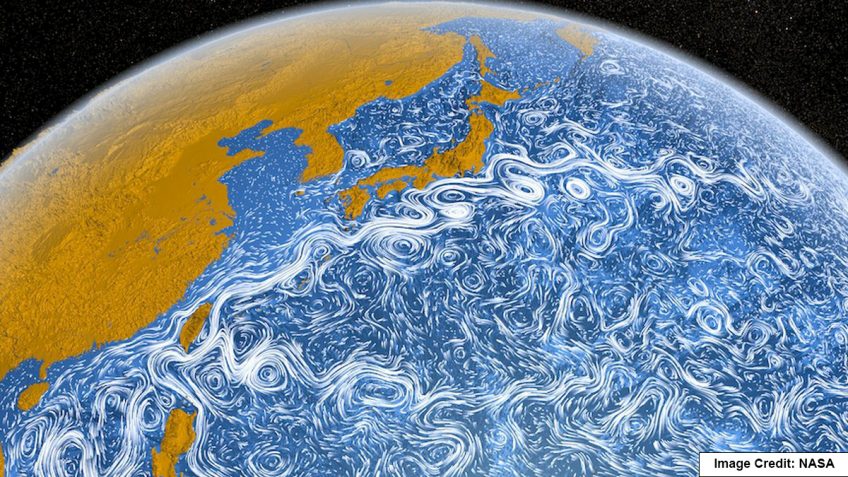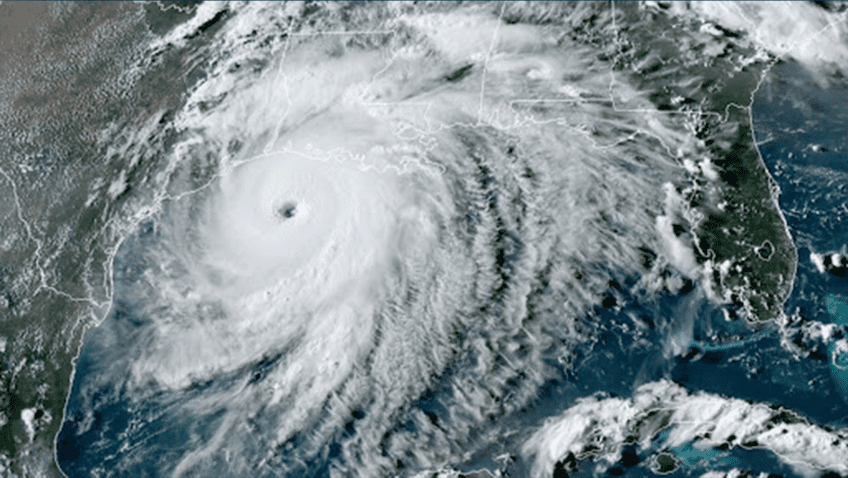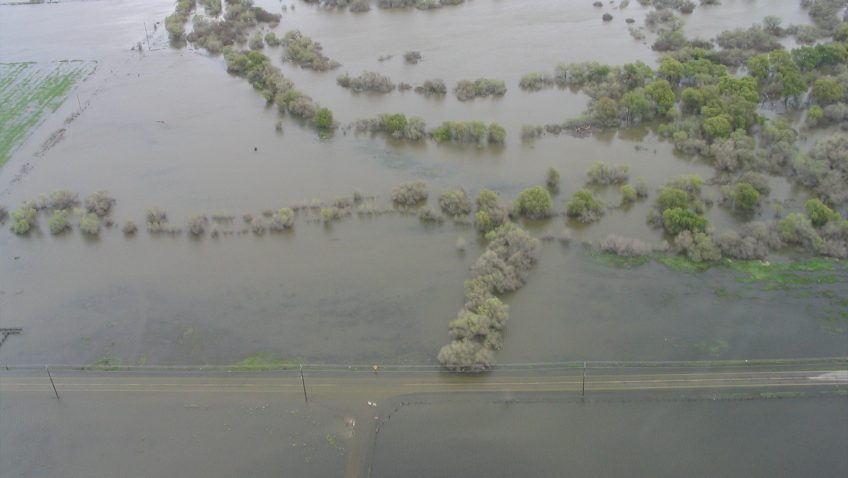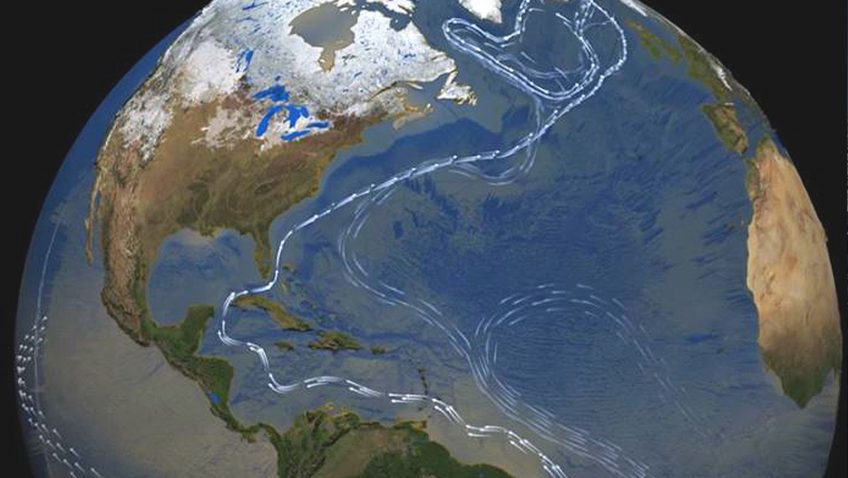New study reveals record heat and rapid cooling in equatorial Atlantic in 2024
Originally published as an official press release on the University of Miami’s Rosenstiel School’s newsroom website. Atlantic Niño/Niña events can influence hurricane development, but they can be difficult to predict. A new study sheds light on the oceanic chain reaction that can trigger these events, potentially improving our ability to forecast them. A new study […]
